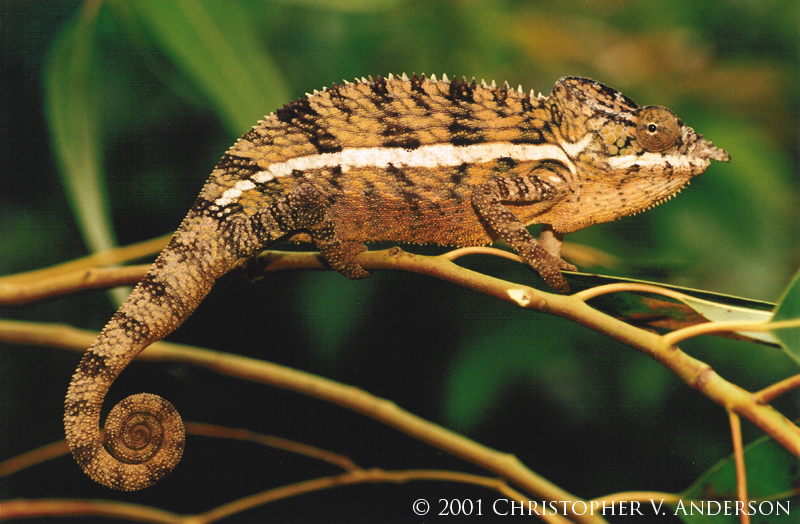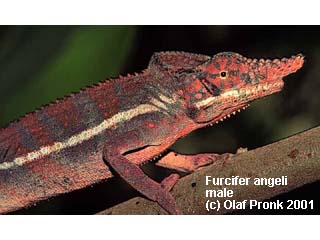ciafardo 4
New Member
I know they have rarely been kept in captivity and they were banned from export in 1995 but has anyone in Europe kept them or seen them? Any pics anyone has would be great. How about it Benny have you ever seen a live specimen ?






